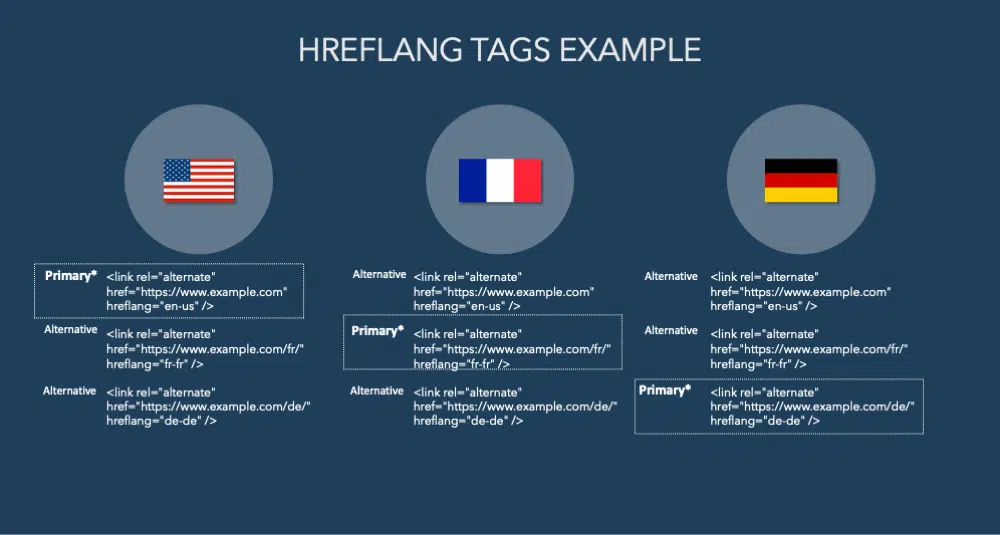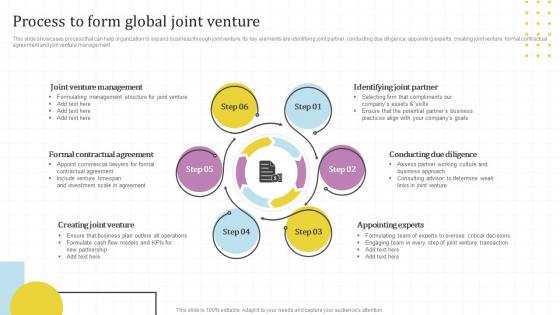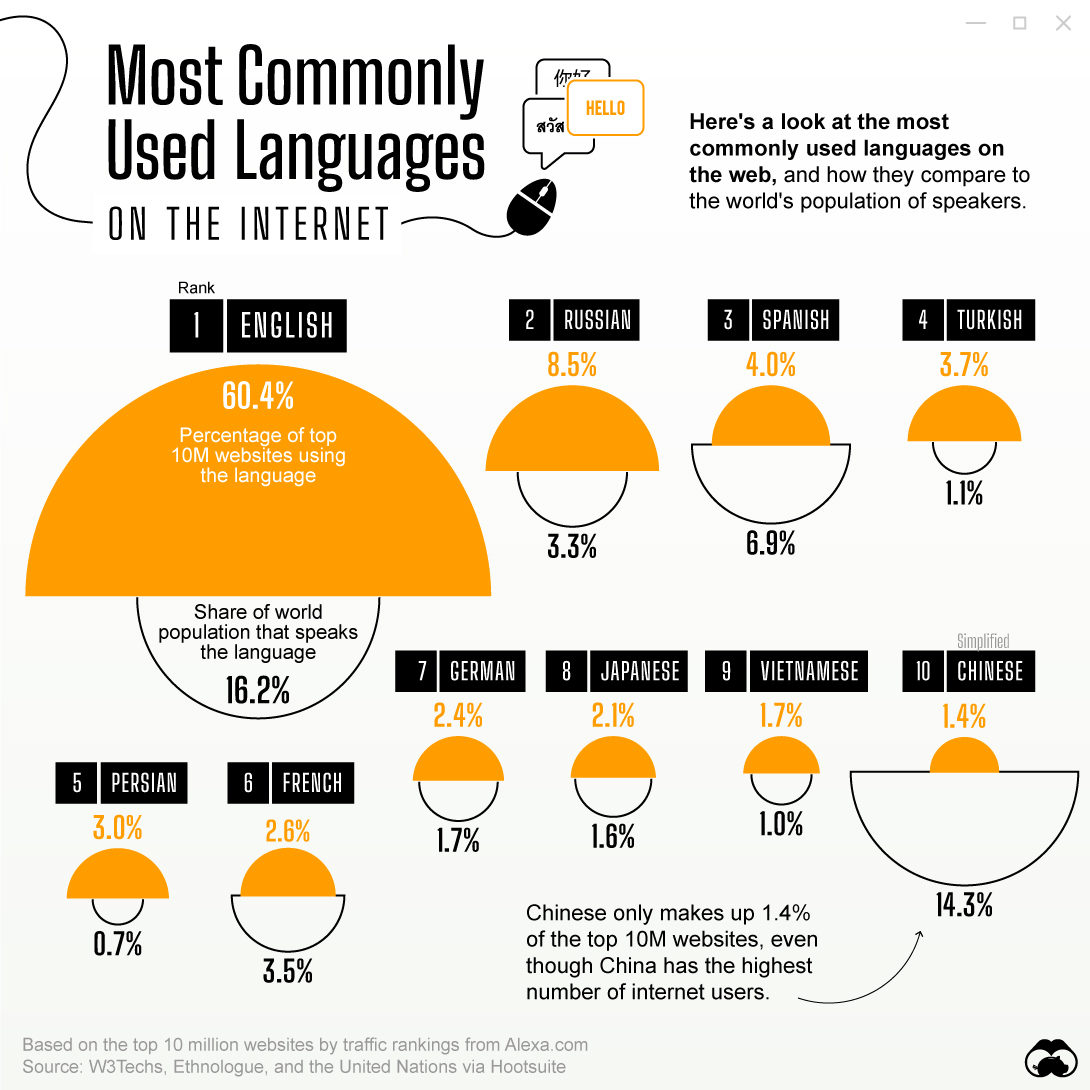In an increasingly interconnected world, businesses have a unique opportunity to expand their reach beyond local markets. The rise of technology, particularly artificial intelligence (AI), facilitates the implementation of multilingual strategies that can help organizations connect with global audiences. These strategies are vital, as they not only enhance customer engagement but also provide a competitive edge in various markets. This guide aims to equip content marketers and brand managers with practical insights into optimizing multilingual efforts through innovative AI technologies.
Understanding the size and potential of global markets is essential for making informed decisions about language and localization strategies. Research indicates that businesses offering content in multiple languages tend to foster higher levels of customer trust and engagement, which translates into increased conversion rates. For instance, a study on Carrefour Taiwan showed a 20% increase in conversion rates due to tailored AI solutions. By engaging local languages and cultures, brands can resonate more deeply with their audiences, making it critical to implement effective multilingual strategies.
This guide will explore several key areas, including optimizing SEO for diverse markets, maintaining brand voice across languages, sustainably expanding global reach, reducing translation costs, and leveraging AI to effectively manage multilingual content. By addressing these crucial elements, businesses can cultivate a strong foundation for achieving global success.
The Importance of Multilingual Strategies for Global Success
In a rapidly globalizing economy, businesses must adapt their approaches to meet the needs of diverse markets. Implementing multilingual strategies is not only advantageous but essential for success. Customers generally prefer brands that communicate in their native language, which can lead to higher conversion rates.
When assessing the global market, understanding the demographics of potential customers is crucial. The Internet serves as a significant barometer for market size; specific languages dominate online spaces, directly affecting customer accessibility. For example, understanding which languages are most widely used on the Internet can assist businesses in prioritizing their language offerings for maximum outreach.
Moreover, establishing a multilingual presence can greatly enhance brand perception. Companies that demonstrate an understanding of local cultures and languages often forge stronger relationships with potential customers, resulting in increased loyalty and sales. Consequently, investing in multilingual strategies can yield considerable returns, solidifying a brand's position in competitive markets.
This infographic illustrates the most used languages on the internet, highlighting the critical role of multilingual strategies in reaching global audiences. (Source: Visual Capitalist)
Optimizing SEO for Multilingual Markets
Optimizing search engine visibility in multilingual contexts is paramount for global success. Effective SEO strategies must consider the unique linguistic nuances of various markets. A crucial first step is conducting thorough keyword research tailored to different languages and regions to ensure that brands appear in relevant search results.
Using hreflang tags is another essential practice for improving SEO in multilingual contexts. These HTML attributes inform search engines about the specific language and geographical targeting of each webpage, helping to prevent content duplication issues and enhancing the accuracy of search results.
Additionally, crafting localized content that resonates with the target demographic is vital. Companies should consider cultural sensitivities, societal norms, and local preferences when producing content. By adapting visuals, tone, and messaging appropriately, businesses can create user experiences that encourage engagement.
Research shows that businesses that implement effective multilingual SEO strategies often see significant growth in organic traffic. Additionally, AI tools play a significant role in enhancing keyword optimization efforts across multiple languages, streamlining content creation processes, and maximizing reach.
 This image shows a clear example of hreflang implementation, which is crucial for optimizing SEO in multilingual contexts. (Source: John McAlpin)
This image shows a clear example of hreflang implementation, which is crucial for optimizing SEO in multilingual contexts. (Source: John McAlpin)
Maintaining Brand Voice in Translation
One of the primary challenges that businesses face when expanding into multilingual markets is maintaining a consistent brand voice. It is essential for a brand to communicate coherently across different languages while simultaneously adapting to cultural differences. To achieve this balance, companies should establish a comprehensive style guide that outlines preferred tones, terminology, and styles to be used consistently.
Employing professional translators is recommended for sensitive content to ensure the brand's integrity and identity are preserved. While AI translation tools can provide cost-effective solutions, nuanced content, especially in marketing contexts, typically benefits from human expertise.
Brands that successfully maintain their voice across multiple languages often experience increased customer loyalty. Numerous studies highlight that organizations prioritizing cultural relevance and linguistic accuracy in translations tend to achieve better engagement rates, resulting in higher conversion rates. Therefore, brands must strike a balance between leveraging AI tools for efficiency and employing human translators for quality assurance.
 This side-by-side example demonstrates how content can be translated while maintaining brand voice consistency across languages. (Source: Lang Solutions)
This side-by-side example demonstrates how content can be translated while maintaining brand voice consistency across languages. (Source: Lang Solutions)
Sustainable Strategies for Global Growth
Sustainable growth in the global marketplace requires thoughtful planning and execution. Identifying target markets through comprehensive market research is crucial for understanding where to allocate resources most effectively. Analytical tools can assess potential markets and evaluate associated risks and opportunities.
Implementing a phased approach to international marketing can further facilitate sustainable expansion. Instead of launching in multiple regions simultaneously, businesses can adopt a step-by-step strategy that allows them to adapt based on the early successes of their initiatives. Continuous feedback loops will inform any necessary adjustments to marketing tactics or product offerings to better meet local needs.
Localization is a key component of this strategic approach, as products may need modifications to align with diverse consumer expectations. Organizations that adopt structured, research-based techniques for global marketing often experience more success in establishing a foothold and gaining momentum within new territories.
Studies indicate that companies that execute phased market entries encounter lower failure rates, subsequently reducing financial risks tied to ineffective expansions. By focusing on sustainable growth strategies, businesses can confidently secure their positions in new markets.
 This flowchart depicts strategies for phased entry into global markets, illustrating an organized approach to expansion. (Source: SlideTeam)
This flowchart depicts strategies for phased entry into global markets, illustrating an organized approach to expansion. (Source: SlideTeam)
Reducing Translation Costs Without Sacrificing Quality
Balancing translation quality with cost is another primary concern for organizations pursuing multilingual strategies. By leveraging translation memory and existing glossaries, businesses can minimize repetitive translation efforts and maximize resource efficiency.
Identifying when to employ AI-driven translation tools versus human translators is key. AI tools generally work best for straightforward content, while more nuanced material—such as marketing collateral—typically requires human oversight to remain true to brand messaging.
Additionally, establishing best practices for creating translation budgets can help in effectively managing costs. Setting clear expectations while allowing for adjustments based on market observations will aid businesses in maintaining quality without overspending.
Numerous case studies demonstrate substantial cost savings that result from efficient localization practices. Firms that successfully manage their translation processes often gain a competitive edge in their respective markets.
 This graph illustrates the comparative cost-efficiency of AI versus human translation approaches, supporting effective cost management strategies. (Source: Locate Translate)
This graph illustrates the comparative cost-efficiency of AI versus human translation approaches, supporting effective cost management strategies. (Source: Locate Translate)
Efficient Management of Multilingual Content with AI
Integrating AI technologies into multilingual content management can greatly improve efficiency. AI-driven translation and localization tools enable organizations to handle numerous languages simultaneously, ensuring timely delivery of materials.
Tools such as Shopify's LangShop AI exemplify the benefits of automated translation. These systems allow merchants to provide content in various languages with minimal manual input, facilitating effortless translations for product descriptions, user interfaces, and customer support interactions.
Moreover, AI enhances content personalization by analyzing user behavior and preferences. By tailoring content to individual customer needs, brands can foster engaging experiences that lead to higher customer satisfaction and loyalty.
Numerous examples of successful AI implementation in various businesses underscore the value of utilizing technology to address multilingual challenges. Effectively managing multilingual content through AI capabilities not only conserves time and resources but also strengthens connections with a diverse clientele.
 A visual representation of popular AI translation tools and their features for managing multilingual content efficiently. (Source: Website Files)
A visual representation of popular AI translation tools and their features for managing multilingual content efficiently. (Source: Website Files)
Measuring Success with Key Metrics for Multilingual Strategies
To verify that multilingual strategies yield desirable outcomes, companies must focus on relevant key performance indicators (KPIs). Monitoring aspects such as translation quality, market engagement, and conversion rates is critical for evaluating the effectiveness of localization efforts.
Among these metrics, the Translation Error Rate (TER) and BLEU Score are primary indicators used to assess translation accuracy. Furthermore, tracking organic traffic growth and visitor retention can help brands understand the impact of localized content on customer behaviors.
Utilizing data analytics enables firms to make informed decisions while enhancing their multilingual initiatives. Businesses that leverage successful multilingual strategies often connect measurable outcomes with overall growth, achieving a positive return on investment (ROI) over time.
Research consistently highlights the correlation between effectively implementing multilingual strategies and gaining higher ROI. By continually refining and optimizing these metrics, organizations can adapt their approaches and seize emerging opportunities within various markets.
 An infographic showcasing key performance indicators necessary for measuring the success of multilingual strategies. (Source: Bold Reports)
An infographic showcasing key performance indicators necessary for measuring the success of multilingual strategies. (Source: Bold Reports)
Navigating Ethical Considerations in AI and Localization Bias
As businesses increasingly turn to AI-driven language technologies, the presence of ethical considerations and potential biases becomes more pressing. It is vital to acknowledge bias in AI translations and understand how it can affect brand perception.
Significant ethical concerns include data privacy and accountability relating to customer interactions. Establishing effective oversight and aligning practices with ethical standards can help organizations handle these complex issues competently.
Cultural sensitivity also plays a crucial role; it is essential that translations respect local nuances and values to prevent damaging a brand's reputation. Tailoring content to reflect authenticity and understanding can protect businesses from potential public backlash.
Businesses are encouraged to implement guidelines that foster the ethical use of AI while promoting cultural awareness in translations. These actions can enhance overall brand image and develop trust among diverse audiences.
 This infographic focuses on the ethical implications of AI in localization and may highlight potential biases. (Source: Infotrends)
This infographic focuses on the ethical implications of AI in localization and may highlight potential biases. (Source: Infotrends)
Conclusion
As businesses shift their focus toward international markets, deploying AI-driven multilingual strategies provides a pathway to successful expansion. Through optimal SEO practices, maintaining brand voice consistency, sustainable growth techniques, cost management, and AI capabilities, organizations can position themselves to thrive in the global marketplace.
Understanding the significance of localization, integrating advanced technologies, and traversing the ethical landscape are essential components of a successful multilingual strategy. As brands advance into new markets, embracing multilingualism strengthens customer loyalty, drives engagement, and ultimately leads to improved business outcomes.
By utilizing the insights and strategies presented in this guide, content marketers and brand managers can harness the potential of their international reach while building a robust foundation for future growth. Implementing these practices will enhance brand visibility and foster meaningful connections with diverse audiences worldwide.

கருத்துக்கள் (0)
உள்நுழைக சர்ச்சையில் பங்கேற்க அல்லது .